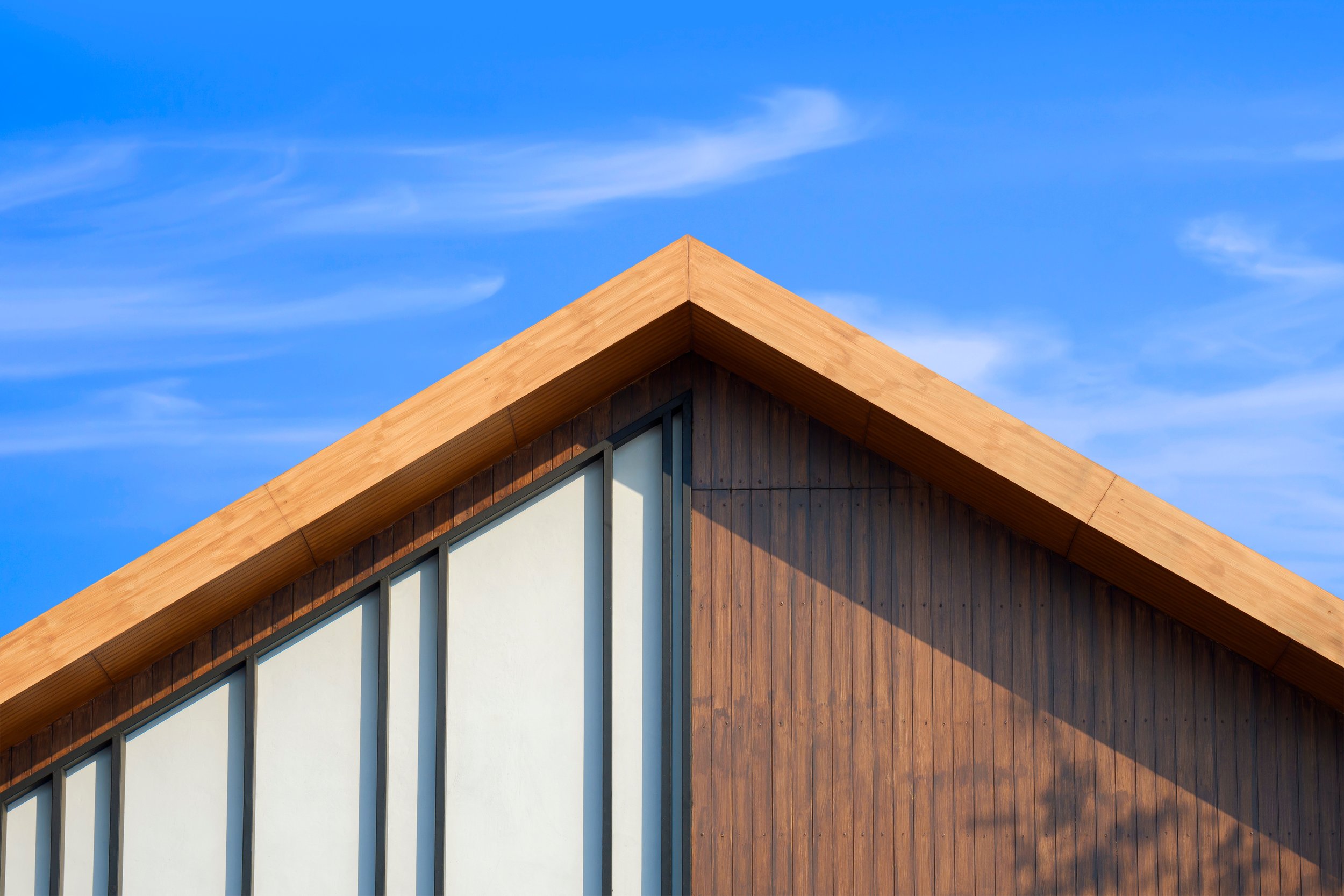Wood cladding has a long and storied history in British Columbia, with heritage sites such as Irving House in New Westminster (built in 1865) still standing today. But it is far from a thing of the past. The use of wood cladding in modern architecture is essential to reducing lowered carbon footprint.
Wood should be considered as the material of choice for those considering ways to build their home more in more environmentally sensitive ways. The product is both renewable and durable in nature, and provided the exterior is well maintained over time, will prove to be long-lasting.
With multiple product options to choose from such as oak, cedar and fir, being mindful of your carbon footprint does not necessarily mean having to compromise on aesthetic design principles.
In the City of Vancouver, however, the building needs to be set far enough away from the property lines (at least 1.2 m) in order to clad the house in wood.
While wood cladding has its benefits, there can be other material options to consider with the same goal of reducing carbon footprint in mind. Brick, for instance, can also be both beautiful and environmentally-friendly, but comes at a significantly higher cost than wood.
Source: Builders from Climate Action
It can be reasonably anticipated that the province will have future regulations in place that will limit the total carbon footprint use of a home. Builders can be proactive in their approach in order to meet both legislative changes and shifting market demand in the housing market.
Companies like Carbon Wise, for example, are already providing services to calculate the carbon footprint of your home such as advising and consulting on how to save on energy costs, qualify for rebates and increase your home value - all while reducing your carbon footprint.
Using low carbon materials and building high performance shells, like Passive House or Net Zero, is critical to building a sustainable future for the housing industry.
While wood cladding is one way to reduce carbon footprint, there are other options to consider such as the insulation type, concrete mixtures, and ultimately the HVAC system and its energy source. All these considerations lead to being more aware of the carbon footprint of our housing industry. Lowered carbon footprint, and emissions policies throughout the province and across Canada are already being put in place so getting to know how to reduce our carbon footprint will be an important discipline, if it isn't already.
Check out our past project that used wood cladding, a single-family home on Marine Dr, West Vancouver built by BCollective Homes.


